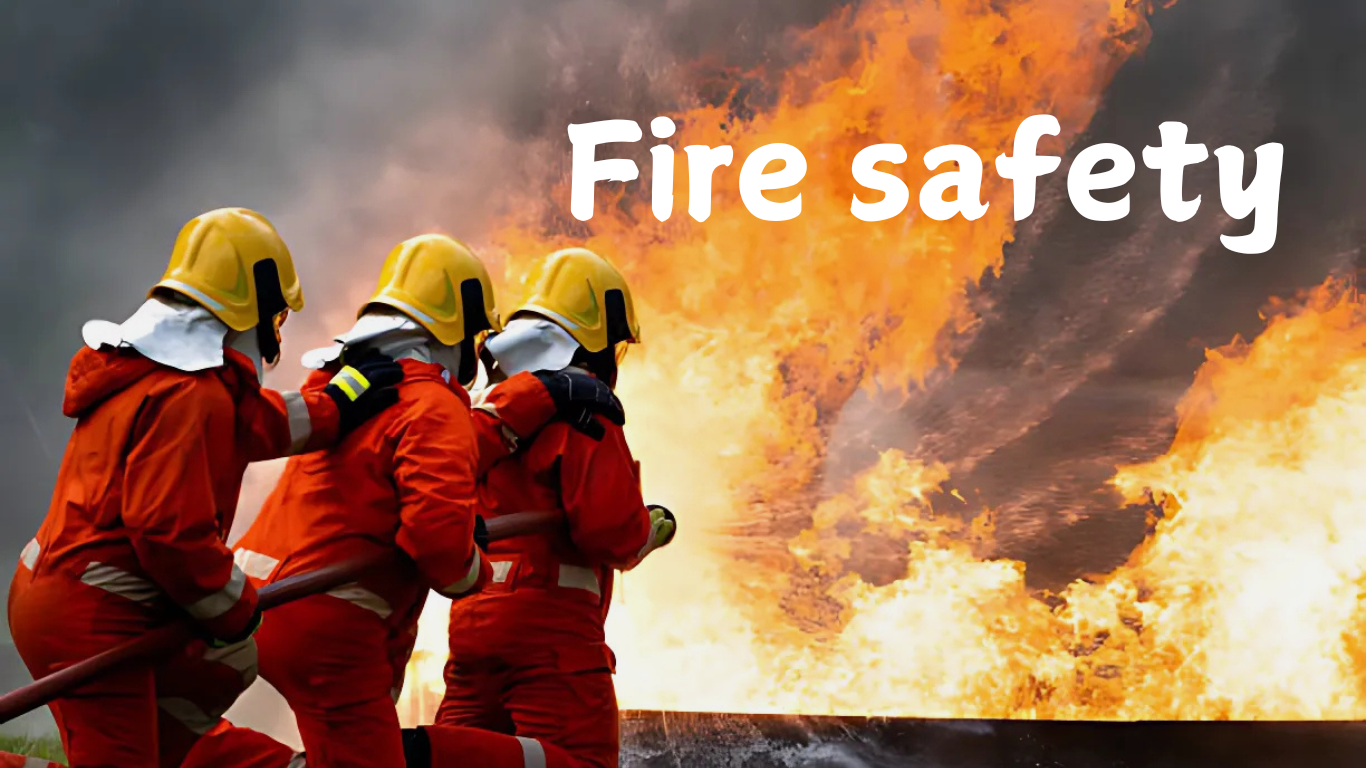Fire safety isn’t just about knowing where the exits are. It’s about making sure every person can leave safely—and that they know what to do if a fire breaks out. With the right training, your team can prevent small risks from turning into big problems. This guide will help you build a safer, more prepared workplace.
Assessing Fire Safety Needs
First things first—figure out what your workplace really needs. Every environment is different. Whether you run a small bookshop, a busy café, or a large warehouse, your fire safety risks depend on your space, materials, and daily tasks.
Begin with a comprehensive examination of your premises. Identify all potential fire hazards—electrical equipment, flammable materials and obstructed escape routes. Think of it as mapping out the danger zones. The goal here is to be comprehensive; you wouldn’t want to water down your efforts or fan the flames with inadequate planning! If you’re evaluating hardware requirements as part of this assessment, you can click here to explore essential fire door closers that support safe building egress and containment.
Tip: If you’re reviewing your fire safety hardware, consider installing reliable fire door closers that help keep exits secure and slow the spread of fire.
Developing a Comprehensive Fire Safety Plan
Once you’ve identified your fire risks, the next step is to build a safety plan that fits your team and space. This plan isn’t just about checking a legal box—it’s about creating a clear guide that everyone can follow if something goes wrong.
Include simple instructions for what to do during a fire: exit routes, meeting points, and roles assigned to team members. Imagine your plan like a treasure map, where the “X” marks a safe area outside the building. Make sure this information is easy to find, easy to understand, and available to everyone, no matter their job or experience level. Additionally, for areas with elevated platforms or mezzanines, you can install a steep angle stair ladder to ensure quick, compact, and secure evacuation during emergencies.
Practice Through Regular Fire Drills
A plan only works if people know how to follow it. That’s why fire drills are so important. They help everyone learn how to react quickly and stay calm in an emergency.
Hold drills regularly—and make them different each time. One day, the main exit might be blocked. Another time, you might simulate a fire during your busiest shift. Each drill helps you see what works and what needs improvement. With frequent, real-world practice, your team will grow more confident and capable.
Train Staff with the Right Fire Safety Courses
Training is key. Everyone in your workplace should understand the basics of fire safety. Some team members may need more advanced training depending on their role.
Here we look at some of the our essential picks from a list of fire safety courses.
- Fire Warden or Marshal Training
These people lead during an emergency. They help evacuate the building, check rooms, manage headcounts, and report hazards. Their leadership can save lives. - Fire Risk Assessment Training
This teaches staff to look for dangers before they become problems. They learn how to rate the severity of risks and how to fix them early. - Fire Stopping Training
This course focuses on stopping a fire from spreading. It covers installing and maintaining fire-resistant doors, walls, and barriers—especially useful for maintenance teams. - Fire Extinguisher Training
Knowing how to use a fire extinguisher correctly can stop a small fire before it becomes a disaster. This course teaches when and how to use each type safely.
Match Training to Each Team Member’s Role
Not every team needs the same training. Tailor sessions to fit different roles in your company.
For example, your IT department should learn how to shut down electronics safely. Cleaning staff should know how to report flammable materials or clear blocked exits. Giving the right training to the right people makes it easier for everyone to stay prepared.
Refresh Training Regularly
Fire safety isn’t something you learn once and forget. Things change—office layouts, team members, and equipment. That’s why refresher courses are important.
Hold them at least once a year, or more often if needed. These updates keep safety top-of-mind and help everyone stay ready for emergencies. They also make sure your team is up to date with the latest fire safety laws and tools.
Use Technology to Improve Training
Technology makes fire safety training more engaging and realistic. For example, virtual reality (VR) can put staff into a simulated fire situation where they practice escaping or using extinguishers—all in a safe environment.
Interactive apps and videos also make training easier to remember and more enjoyable to complete. Using modern tools helps your team learn faster and apply what they’ve learned with more confidence.
Conclusion: Build a Safer, Stronger Workplace
Fire safety training is not just about ticking boxes—it’s about protecting lives and your business. From spotting risks and creating a solid plan, to holding drills and using the right tools, every step matters.
Give your team the skills and confidence they need. With the right training and regular practice, your workplace becomes safer, smarter, and better prepared for anything. Fire safety is a shared responsibility—and it starts with you.

I’m Emma Rose, the founder of tryhardguides.co.uk, and a content creator with a passion for writing across multiple niches—including health, lifestyle, tech, career, and personal development. I love turning complex ideas into relatable, easy-to-digest content that helps people learn, grow, and stay inspired. Whether I’m sharing practical tips or diving into thought-provoking topics, my goal is always to add real value and connect with readers on a deeper level.
Discover more from Try Hard Guides
Subscribe to get the latest posts sent to your email.

